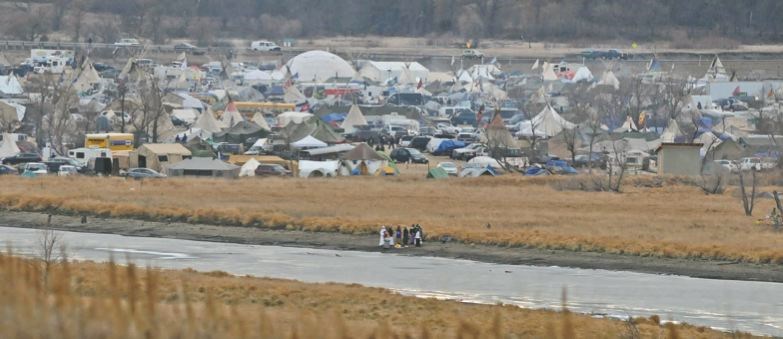The importance of the boreal forest cannot be understated. For one, you, me and all of Prince George lives in one.
The boreal forest or Taiga is the lungs of the north, an old somewhat simple ecosystem of primitive gymnosperms, ferns and salicaceae species that covers nearly thirty per cent of the world's forested areas spanning three continents.
As glacial maximum happened and receded, the boreal forest marched (albeit very slowly) north to take the frozen landscape and colonize the barren land.
In this slow colonization, soil building processes began. Topsoil, the biologically most active layer of soil can take from 500 to 1,000 years to form one inch depending on parent material, climate and topography. In our boreal forests, biological soil forming process are slow due to our climate as anyone who creates their own compost knows.
Like the skin of your body, topsoil is an essential part of the survival of the ecosystem and its inhabitants, and I am not only speaking of terrestrial species, but also the salmonids and other riparian boreal species.
I cringe every time I fly out of Prince George and see the checkerboard pattern from cut-blocks as described by a family member from Kansas who Googled northern B.C., interlaced with streams reminiscent of blood vessels in the human body.
And like the blood vessel, the streams are also essential for life and health of the boreal ecosystem.
Walking in a fresh cut-block with the topsoil ripped apart from the skidding of trees here and there, while watching the soil flow into a myriad of streams, drainages and in-block road culverts, one can only wonder, who was it that created the arbitrary small riparian buffer legislation for forestry (which only looks nice on paper)? From my experience, I think it should be extended by several metres.
Seeing once clear streams turgid with soil nutrients of brown colours exasperating water temperature of the already warmer than normal water due to the lack of a forest canopy, one only must remember their grade nine biology class describing colour and temperature affecting oxygen carrying capacity of water which in turn affects the highly oxygen sensitive salmonid species.
What brought on this column was again my home state of Kansas. Are you tired of hearing about that place yet? Sorry, it is why I do what I do up here in terms of farming and activism.
Here in B.C., with so much land and so few people, we don't often consider the potential effects of erosion in industry. Being from a place where soil erosion caused the mass migration of thousands of environmental refugees it is always on my mind every time I turn soil over in preparation of crops and thus I mitigate it to the best of my abilities.
While walking the Kansas river, littered with everything from gas containers to garbage bags full of who knows what and then again flying over the Missouri river in North Dakota, I can't help but wonder why we destroy what keeps us alive, that being water and soil and those behind the wheel deny their wrongdoing and cite "jobs" as some kind of right to destroy these precious commodities.
Water protector Sophia Wilansky was at a protest at the Dakata access pipeline in which militarized police fired a concussion grenade that nearly blew her arm off and now she is undergoing surgery and possible amputation of that arm. Isn't it crazy to see what industry will do to protect its interests? What is even more astonishing is that the people in North Dakota have decided to not back down this time.
Civil disobedience isn't disobedience when people are fighting for the rights to clean water and resources essential to survival, it is human rights activism.



